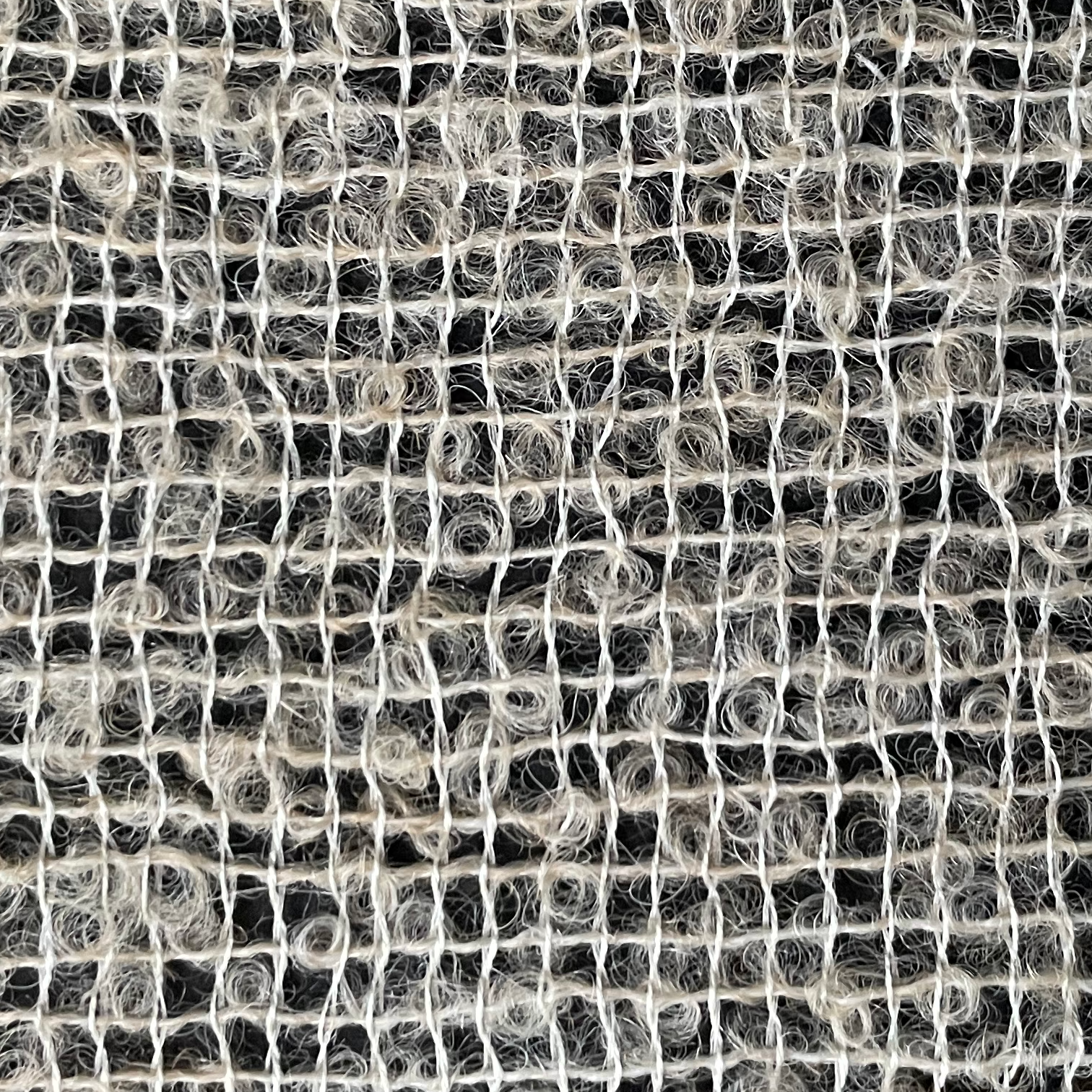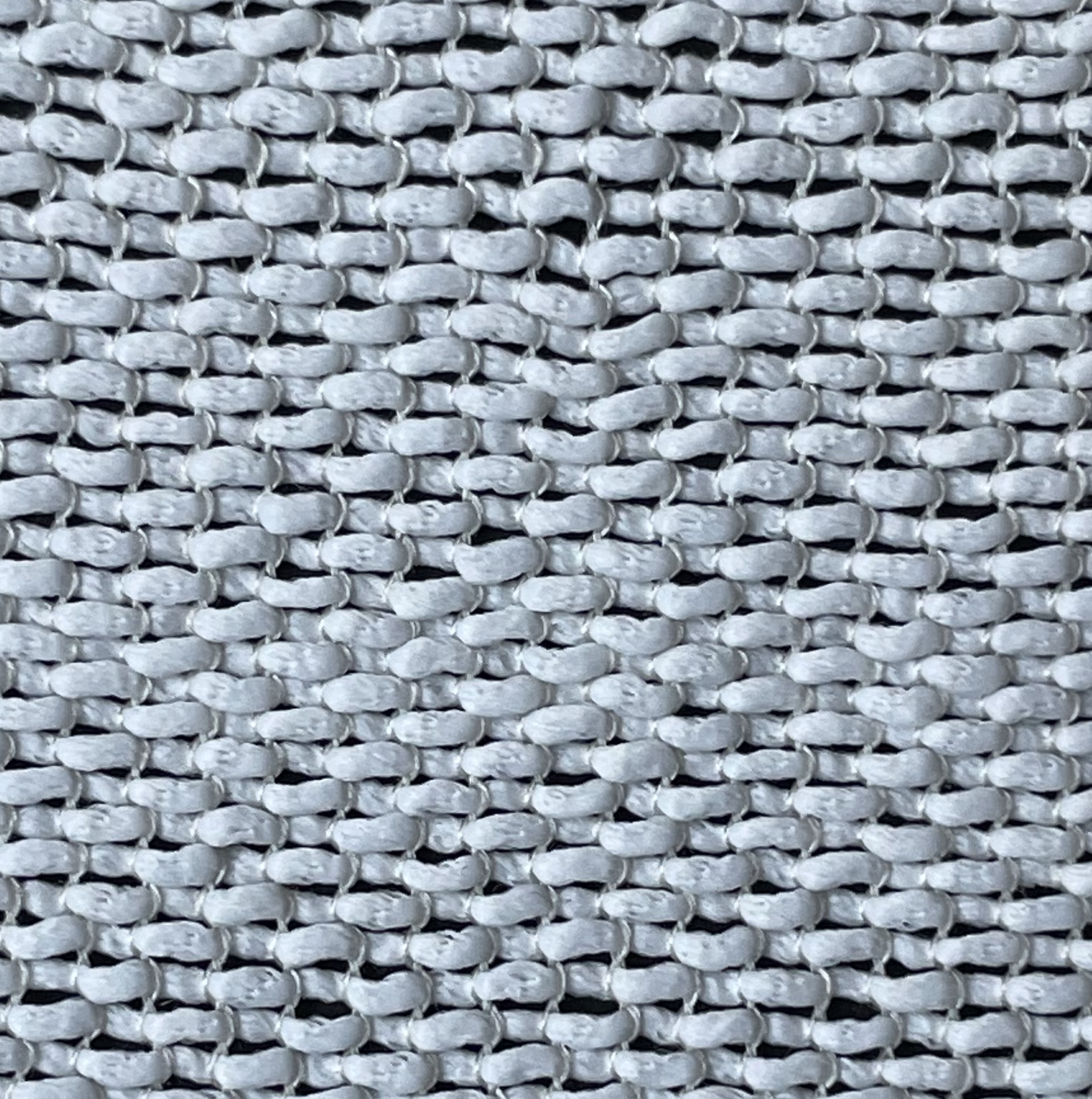











Re-examining weave structures construction 2021 - present
Weaving is a binary approach to being, in which a perpendicular entanglement of threads allows for cloth to exist. For millennia, the primacy of threads has shaped the making of woven textiles. However, a seemingly inherent element has been overlooked: negative spaces. In this reflection, such spaces relate to ‘holes’ or the empty spaces adjoining warp and weft. Drawing on textile theory, language, mathematics and the question of emergence, the research critically explores the ways in which weavers understand weave structure construction. The reflection interrogates our comprehension of the negative space in and of weaving. Seen as an absence, a ‘not-something’ as opposed to a ‘nothing’, how can we capture the woven hole? And in so doing, what is our intention?
Weaving is a binary approach to being, in which a perpendicular entanglement of threads allows for cloth to exist. For millennia, the primacy of threads has shaped the making of woven textiles. However, a seemingly inherent element has been overlooked: negative spaces. In this reflection, such spaces relate to ‘holes’ or the empty spaces adjoining warp and weft. Drawing on textile theory, language, mathematics and the question of emergence, the research critically explores the ways in which weavers understand weave structure construction. The reflection interrogates our comprehension of the negative space in and of weaving. Seen as an absence, a ‘not-something’ as opposed to a ‘nothing’, how can we capture the woven hole? And in so doing, what is our intention?
